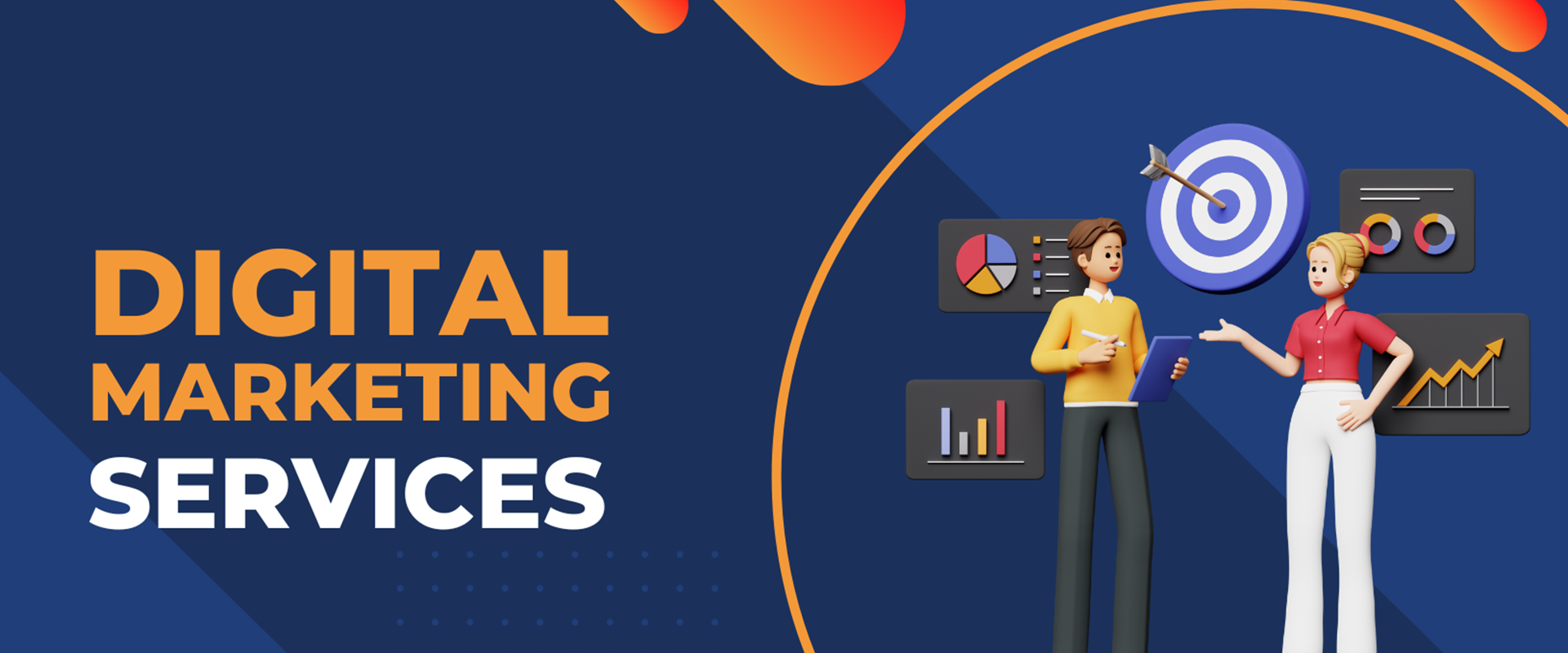Digital Marketing Services
We provide unique and innovative digital marketing strategy


Pay Per Click (PPC) advertising is a powerful and popular digital marketing strategy used by businesses to drive traffic to their websites. Unlike traditional advertising methods, PPC allows advertisers to only pay when their ad is clicked, making it a cost-effective way to reach potential customers. This guide will delve into the fundamentals of PPC, its benefits, how it works, and best practices for running successful campaigns.
How Does PPC Work?
1. Keyword Research
2. Ad Creation
3. Bidding and Budgeting
4. Ad Placement
5. Monitoring and Optimization
Benefits of PPC Advertising:
Immediate Results
Targeted Advertising
Cost Control
Measurable ROI
Brand Visibility
Pay Per Click advertising is an essential component of a comprehensive digital marketing strategy. By understanding its mechanics, benefits, and best practices, businesses can effectively leverage PPC to drive targeted traffic, generate leads, and achieve their marketing goals. Whether you are a small business owner or a large enterprise, PPC offers a scalable and measurable way to enhance your online presence and reach your target audience.
Social media marketing is the use of social platforms like Facebook, Instagram, Twitter, LinkedIn, TikTok, and others to promote products, services, or brands to a targeted audience. This powerful marketing channel connects brands with billions of potential customers worldwide, enabling businesses to engage users, build loyalty, and drive conversions.
Key Components of Social Media Marketing:
1. Content Creation
2. Audience Engagement
3. Paid Advertising
4. Influencer Partnerships
5. Analytics and Optimization
Benefits of Social Media Marketing:
Increased Brand Awareness
Enhanced Customer Loyalty
Higher Conversion Rates
Cost-Effective Marketing
Social media marketing is essential for modern businesses looking to grow and connect with customers in the digital era. It’s a versatile, cost-effective way to build a brand’s reputation, boost visibility, and ultimately drive revenue.
Search Engine Optimization (SEO) is the practice of optimizing a website to improve its visibility in search engine results pages (SERPs), primarily on Google. SEO helps businesses attract more organic (non-paid) traffic to their website by enhancing its relevance and authority on specific search terms or keywords that potential customers use to search for products or services. SEO is an essential digital marketing strategy, aiming to drive qualified traffic, increase brand visibility, and ultimately, boost conversions.
Key Components of SEO:
1. On-Page SEO
2. Off-Page SEO
3. Technical SEO
4. Content SEO
Key SEO Techniques:
Keyword Research
Content Creation and Optimization
Link Building
Local SEO
Technical Optimizations
SEO is a crucial digital marketing strategy that requires ongoing effort, patience, and a keen understanding of search engine algorithms and user intent. By investing in SEO, businesses can significantly enhance their online visibility, establish brand credibility, and build long-term success on the internet.